A gas cooktop is a powerhouse in any kitchen, but it can quickly become a magnet for grease, grime, and burnt-on messes. With the right process and a little elbow grease, you can restore it to its original shine and improve both its function and appearance. Here’s a thorough, step-by-step breakdown to help you clean your gas cooktop the right way.
Supply List
Disassemble the Cooktop for a Thorough Clean
Start by disassembling all the removable components on your cooktop, including grates, burner caps, and burner heads. Before you take anything apart, it’s a good idea to snap a quick photo of your stove setup. This simple trick ensures you’ll be able to reassemble everything correctly without second-guessing where each part belongs.
Removing each part allows you to clean hidden grime and prevent unwanted odors caused by buildup. Old grease lingering in hard-to-see areas not only affects performance but can also lead to unpleasant kitchen smells over time. Taking apart your cooktop is the first step in giving it a true deep clean.
Soak the Components to Loosen Buildup
Once disassembled, soak all the components in warm soapy water. A large plastic tub can be helpful if your sink isn’t big enough to hold everything. For light to moderate grime, dish soap like Dawn works well. If your components are heavily soiled, opt for a stronger degreaser, such as Dawn Professional Heavy Duty Degreaser.
Let the parts soak while you move on to cleaning the cooktop itself. Soaking loosens stuck-on grease and grime, making it easier to scrub away residue and restore a polished finish. For extreme messes, ammonia can be used in a sealed plastic bag, allowing fumes to break down grime with minimal effort.
Clean the Cooktop Surface
Begin by vacuuming any large debris or crumbs from the cooktop surface. A vacuum with a soft-bristle attachment is perfect for this step and helps make the rest of the process smoother. With the loose debris removed, you’re ready to tackle grease and stains.
Spray the surface with a powerful degreasing agent like Dawn Powerwash. For areas that need extra scrubbing, a non-scratch scrub sponge like a Scrub Daddy or Scrub Mommy is perfect. These tools are strong enough to cut through residue but gentle enough to avoid damaging the finish. Avoid spraying cleaner into gas ports or ignition areas. Use a toothbrush for tight corners and delicate spots around the burners.
Use a Razor Blade Scraper for Tough Spots
For burnt-on food or stubborn grime, a razor blade scraper can be incredibly effective. Always make sure to apply a cleaning solution before using the scraper, and never use a dry blade on the surface. Use a clean, rust-free blade to avoid damaging your cooktop.
This tool is ideal for tackling buildup that sponges can’t remove. With proper technique and lubrication, a scraper becomes your best ally in restoring a perfectly clean surface.
Rinse and Dry to Prevent Residue
After scrubbing, rinse the cooktop thoroughly to remove all soap and cleaner residue. Leftover product can cause streaks and attract dirt. A clean, damp cloth works well for this step, and you’ll want to make several passes to ensure all cleaner is removed.
Once rinsed, dry the surface completely with a microfiber towel. Buffing the area adds a final polished touch and eliminates streaks. This extra step ensures your cooktop stays clean longer and looks its best.
Scrub and Restore the Cooktop Components
With the cooktop itself clean, return to the soaking parts. Scrub each one thoroughly using a non-scratch scrubber or soft-bristle brush. For especially greasy areas, a steel Scour Daddy can provide extra power. Use caution with abrasive scrubbers to avoid scratching delicate coatings.
Toothbrushes work well on burner heads and crevices. Rinse everything well and dry thoroughly to prevent rust. For cast iron grates, drying is particularly important to avoid moisture-related damage.
Optional: Season Cast Iron for Extra Protection
For an added touch, lightly oil cast iron grates using a small amount of avocado a paper towel. This not only prevents rust but also leaves a clean, well-maintained finish. While optional, seasoning the grates gives your cooktop a professional finish and helps with long-term care.
Reassemble and Maintain
Now that everything is clean and dry, reassemble the cooktop using the reference photo you took earlier. Double-check each part is aligned and seated correctly.
To keep your cooktop looking its best, wipe it down with a damp microfiber cloth after every use. This simple habit prevents grime from building up and reduces the need for heavy-duty cleaning sessions. Deep clean a couple of times a year to keep everything in top condition.

